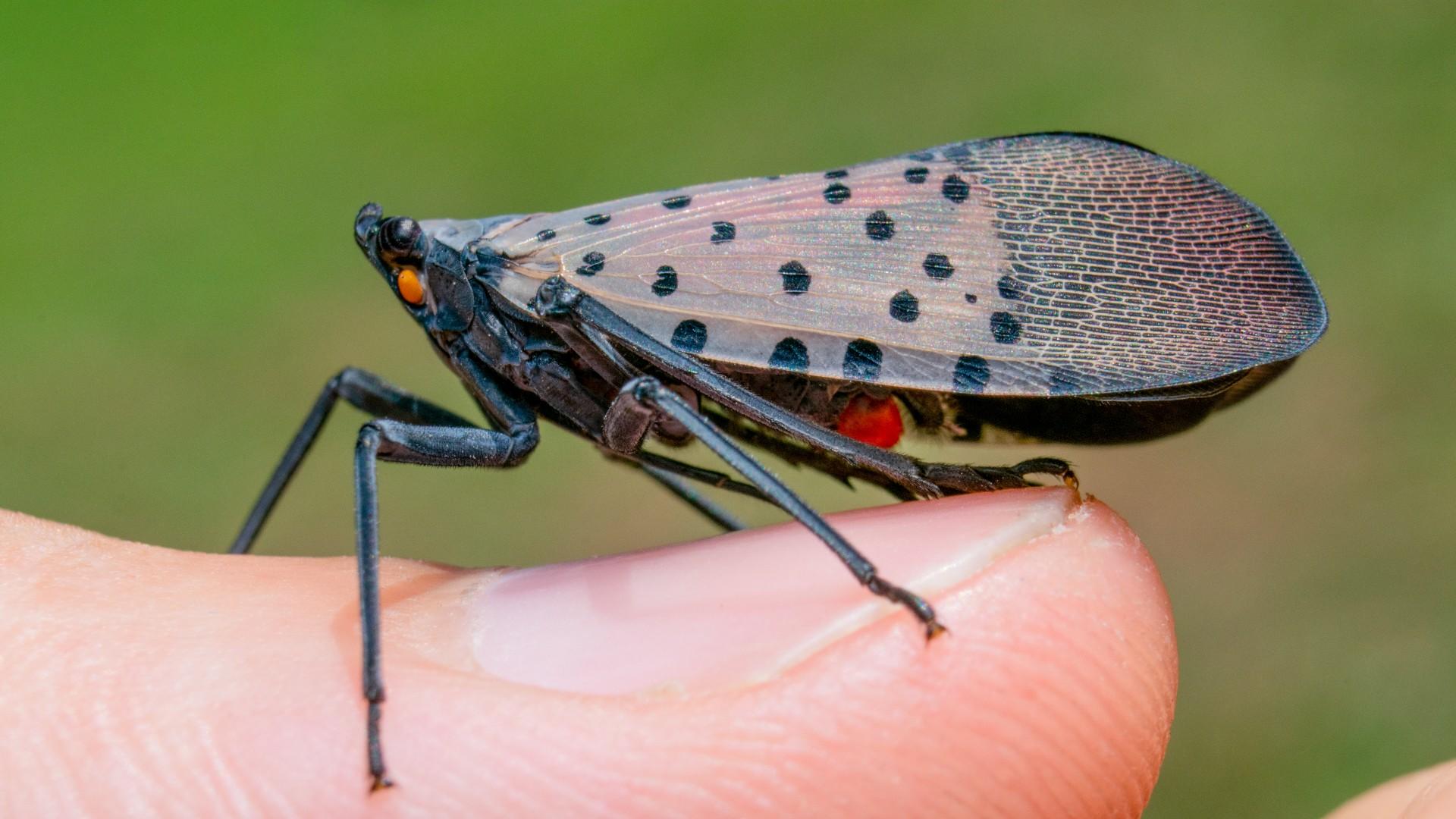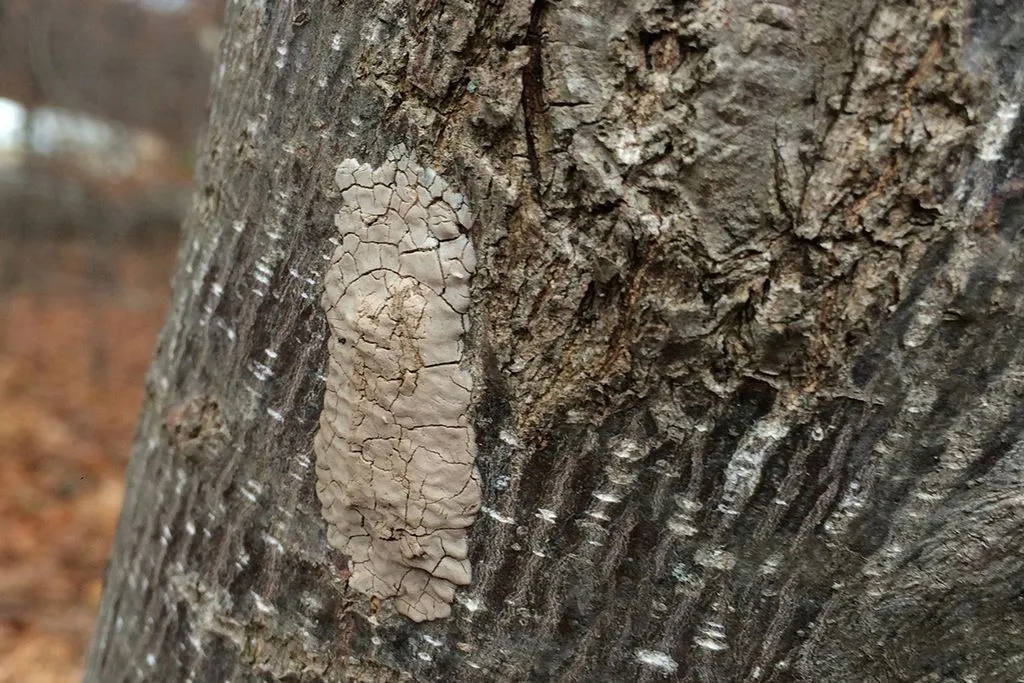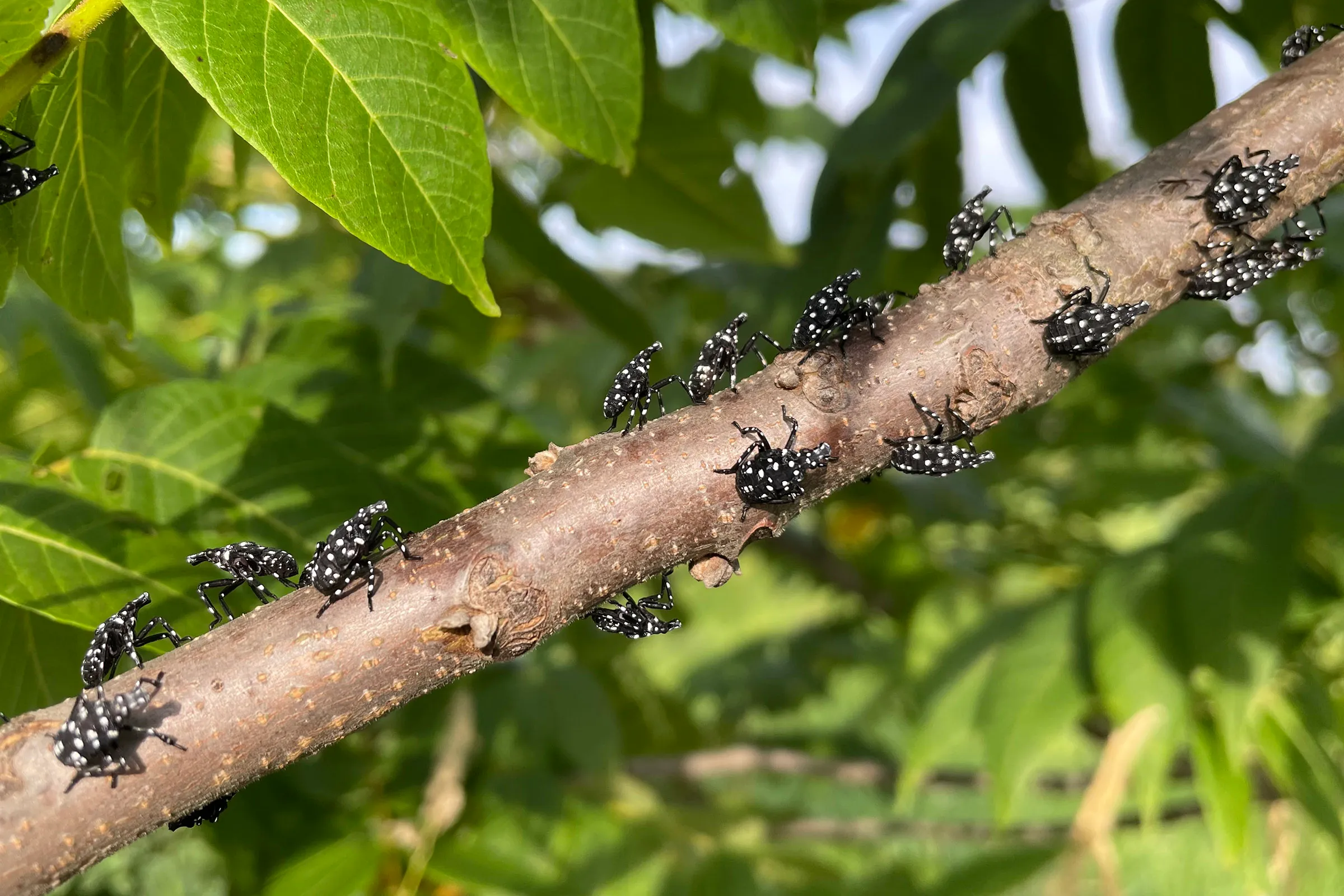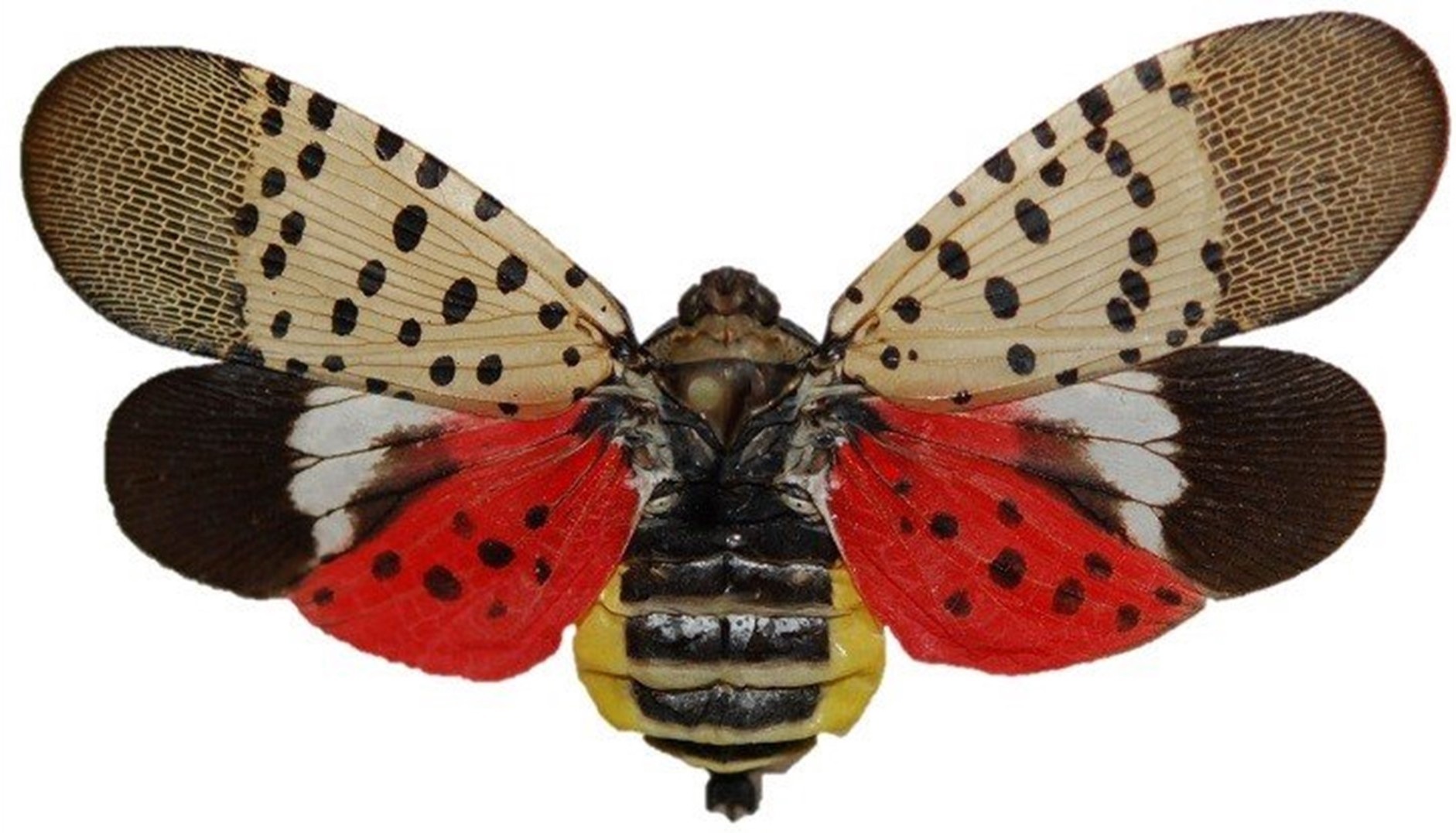Spotted Lanternfly
SPOTTED LANTERNFLY
Dominion Pest Control is committed to helping save Pennsylvania agriculture from the invasive, destructive spotted lanternfly. What kills spotted lanternflies, and what are the recommended steps for how to get rid of spotted lanternflies permanently? We hope to be a local authority and helpful resource to those seeking information and solutions to spotted lanternfly treatment and control.
Join us in the fight against the spotted lanternfly!


STAGE 1: EGG
October-June
A spotted lanternfly egg mass looks like uneven, cracked mortar that’s been smeared on the tree’s bark. Each egg mass contains roughly 30-50 eggs. SLF egg masses are protected by a hard, mud-like coating.
STAGE 2: INSTAR & NYMPH
May-September
SLF nymphs emerge from their eggs and molt through four stages, the earliest being the black speckled instar. What do lanternflies eat during this phase of growth? Trees and shrub sap! Spotted lantern fly tree damage can be severe, since they immediately begin to feast upon the sap of vines and trees, destroying them with the suffocating Honeydew they leave behind.


STAGE 3: ADULT SLF
July-December
The adult lanternfly is about 1-inch long with black-spotted gray forewings and hind wings with patches of red and black, and a white band. In the fall, they lay new spotted lanternfly egg masses on their host trees, and the lifecycle begins again.
CONTROLLING SPOTTED LANTERNFLIES
What eats spotted lanternflies? The spotted lanternfly is an invasive species introduced to the USA from Asia, so unfortunately it doesn’t have many natural predators in the United States. However, some animals have been reported to eat spotted lanternflies, including birds and certain other insects (praying mantises, ants, and wasps).